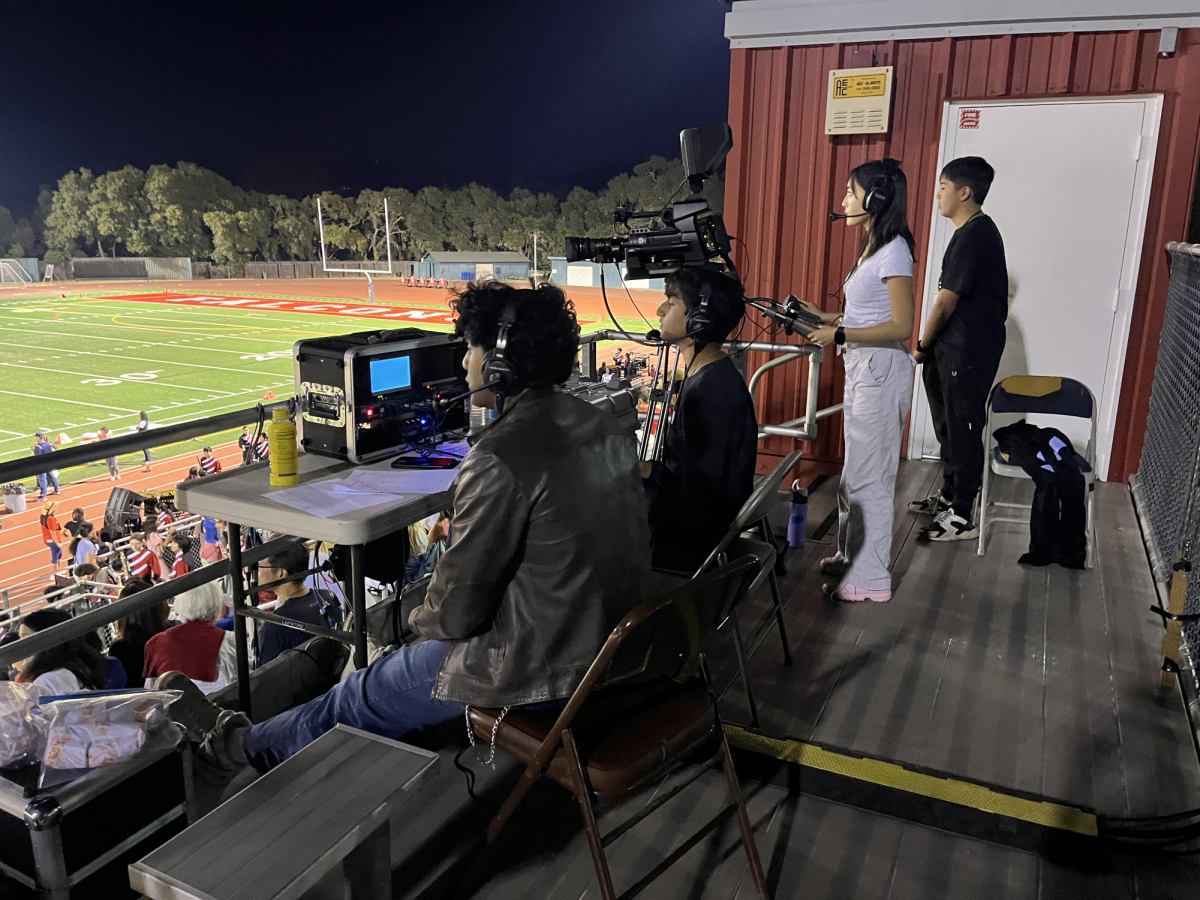A cookie for a Caucasian male: $2. A pastry for an Asian-American: $1.50. A brownie for African-Americans: 75 cents. A cupcake for a Native American: 25 cents. The cost of getting rejected based on ethnicity or gender: astronomical.
On Sept. 22, a UC Berkeley group, Student Republicans, organized what they called the “Increased Diversity Bake Sale,” using the pricing scale above, in protest of a bill, awaiting Gov. Jerry Brown’s signature or veto, that would allow California’s public universities to consider race and gender in their admission processes.
Although the bake sale sparked controversy and extensive uproar, the use of the bake sale as a form of protest was completely justified and within the students’ rights. The bake sale was an effective analogy of how students would feel if others were given preferential treatment because of race and gender.
If race and gender were considered in the application process, universities might be more culturally diverse, but leaders would be revoking academic opportunities for those who deserve them for reasons that were not their choice and not capable of being altered. An applicant should be judged on what they accomplished with the resources available rather than immutable characteristics such as race and gender.
The true intentions of the “Increased Diversity Bake Sale” were commendable. It successfully demonstrated the negative reaction that students would have if they were treated differently by college admission boards in accordance to their gender and race.
In 1996, Proposition 209 was passed in California. This law prohibits the use of preferred or discriminating treatment of individuals in the public education system and other government-run facilities based on their gender or racial background. This includes favoring minorities, what some consider to be “reverse discrimination” against Caucasians.
After 15 years of banning this practice, it is the responsibility of those most affected by these possible changes to demonstrate the utter disparity present in the pending bill.
Without a law banning the use of affirmative action, students applying to California state-funded colleges would feel cheated out of years of hard work of studying punctiliously for the SAT, working meticulously through four years of high school and participating in various extracurricular activities.
If colleges took race and gender into account, they would be more partial toward potential students not because of their academic background, but whether or not the student’s race was sufficiently represented among the university’s demographics.
This would lead to higher rejection rates of students who meet or surpass the academic requirements of their desired public college or university, simply because their racial background was too highly represented in comparison to individuals of other races.
Colleges may wish to create a diverse environment with a variety cultures and ethnic backgrounds present in their school, but the first thing that colleges and universities should consider is merit. A student’s application that demonstrates to the institution that they will be able to live up to its expectations and would be able to perform to the college’s standards should be the major determining factor in the admissions process over race and gender.
Some may claim that some races tend to score higher than others, largely due to cultural or class differences such as access to preparation materials, location or parental pressure. However, it is up to the student himself to decide whether or not he will excel and overcome the obstacles around him.
Although helping minorities attain higher education is an admirable goal, society should focus on helping minority children meet the standards of admission, not give them racial preference in lieu of academic merit. This is not only unfair to qualified applicants but also tarnishes the accomplishments of minority students who have succeeded through hard work yet are seen as beneficiaries of an unfair system.

























